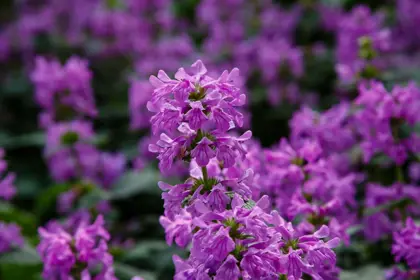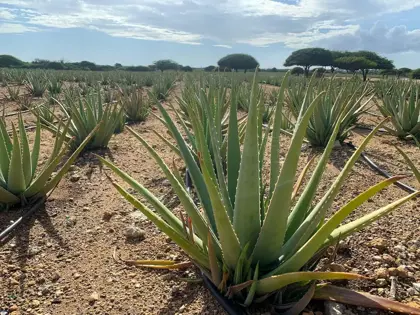Aruba’s Healing Foods
Foods that heal may be trendy in our increasingly health-conscious world, but on Aruba, they are the stuff of old-world traditions.
Especially now, during a pandemic, it is even more important to keep a close watch of your health because a well-balanced diet helps support a strong immune system. Aruba was one of the first islands with a high Covid-19 vaccination coverage, and Arbans also like to use local ingredients to maintain a good health.
Island boticas (pharmacies) carry the latest prescription and over-the-counter products, but there is also a shelf dedicated to herbs and salts purported to heal and maintain good health. The secrets of these various plants and grasses are passed down from one generation of bruhas to another; these healers, or “good witches”, have used them for as long as they can remember.
You don’t have to explore far beyond the glamourous resorts and fine restaurants serving international food to discover culinary traditions and old-fashioned remedies that are particular to Aruba and are still favored and relied upon by a majority of the population.
My favorite expert on such things, Madi, takes me on a trip into the cunucu, or countryside, to collect an assortment of plants and roots with beneficial effects. Some can be consumed as an herbal tea after being quickly brewed or steeped in water a few minutes; others, such as the filling of the calabash fruit, need to be simmered for hours to produce a syrup that is a standard cold remedy. “It is always better to prepare these mixtures over an open fire, outdoors,” Madi informs me. “You breathe in their scent and they absorb the natural surroundings, making them more effective.”
According to Madi, no Aruban garden is complete without some yerbe di hole, one of six varieties of basil found on Aruba and used extensively in island cooking, especially traditional fish soup, or cabrito (goat) stew, as it takes away the gamey taste. Islanders believe yerbe di holo improves any dish. Yerbe sali, a local grass, is said to effectively rid the system of kidney stones or gallstones, and, when combined with other ingredients such as eucalyptus and sea grape, can relieve fever and flu. Rabo di cabay, or horse tail, is a small tree, the bark of which is peeled and brewed into a drink used to “cleanse the blood”.
Betonica is a pretty plant with tiny purple flowers; its roots are brewed to produce a bright red beverage that combats anemia and is delicious and refreshing either hot or cold. The siminia de watapana, or seeds of the common watapana tree (also called the divi-divi tree), produce a tea particularly effective for women after menstruation or childbirth. It can also be made in large quantities and used as a wash to promote the healing of wounds. A mild infusion of basora pretu, which means “black broom”, is considered beneficial postpartum.
Some other plants such as walli-shalli and the famous aloe provide benefits for both the exterior and interior of the body. Insect bites and the burning and itching caused by the thorns of Aruba’s many cacti can be instantly relieved by crushing the leaves and flowers of the walli-shalli and rubbing the oil they produce on the affected areas. Meanwhile, a tea made with the same plant relieves flatulence and stomach aches. As for aloe, aside from applying the fresh juice produced by a cut leaf directly to burns to promote quick healing, many Arubans cut up the flesh and keep it in the fridge, eating it raw or with a bit of honey to maintain overall good health. Hospital tests in Holland have actually proven that a prescription strength salve made locally from the aloe plant is effective in promoting healing and preventing scarring in burn victims.
Cacti contribute far more than thorns to the lives of island inhabitants. The tall narrow stems of the organ pipe cactus, or cadushi, along with the tuna cactus, more commonly known as prickly pear, both produce sweet, tasty bright red fruit, popular with the local prikichi, the beautiful small green parakeet native to Aruba, and with Arubans, too. “Cadushi fruit is very refreshing and full of vitamin C,” Madi tells me. Mashed prickly pear pulp is consumed to ease indigestion. The plant is rich in minerals, vitamins, fiber, amino acids, and flavanoids, which help in everything from boosting immunity to colon cleansing, lowering cholesterol, and stabilizing blood glucose levels. Another cactus, this one called a bushi, also produces a fruit loaded with vitamin C.
Local cooks and healers are sought after for their knowledge and skill in preparing these dishes and producing these natural remedies. You won’t find the healers in the phone book, but most Arubans know at least one; it may be the 21st century, but the “old ways” still reign among islanders.
By Rosalie Klein


